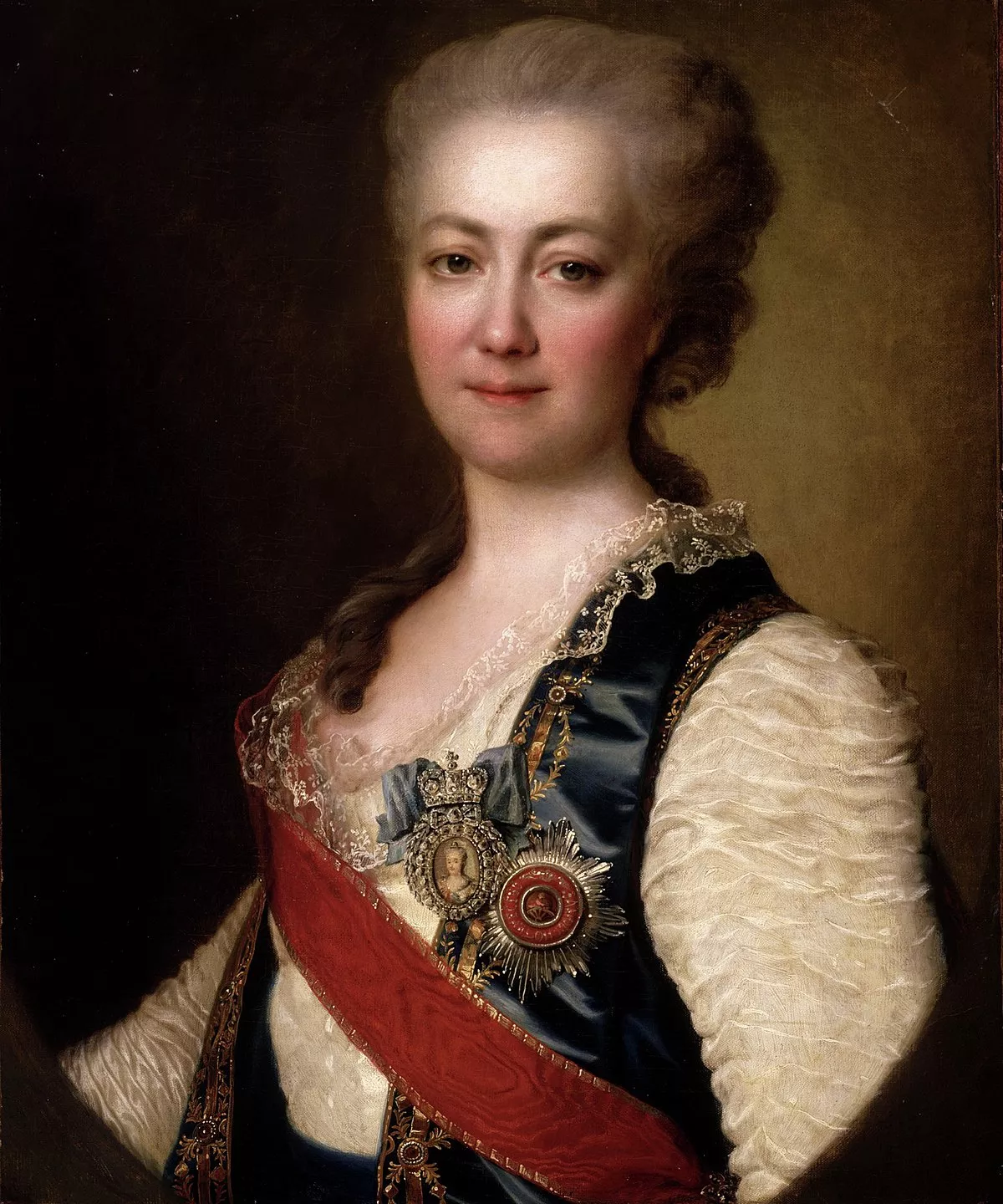 1.
1. Yekaterina Vorontsova-Dashkova was part of the coup d'etat that placed Catherine on the throne, the first woman in the world to head a national academy of sciences, the first woman in Europe to hold a government office and the president of the Russian Academy, which she helped found.